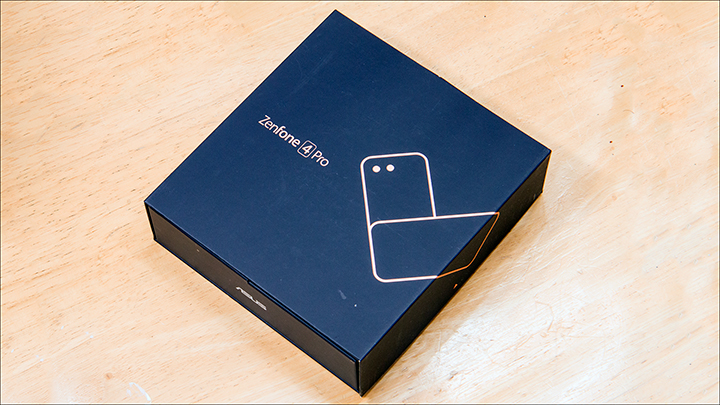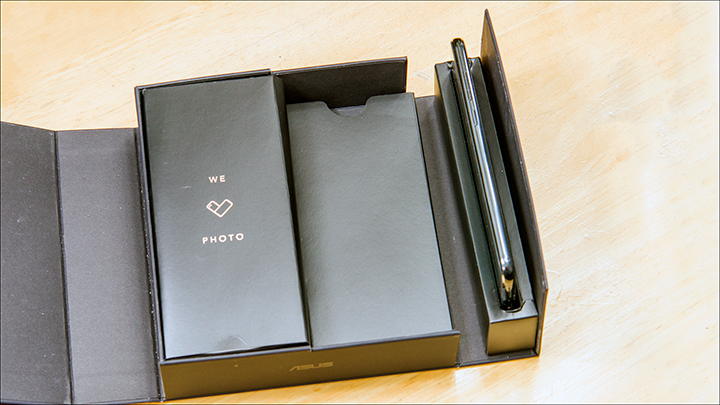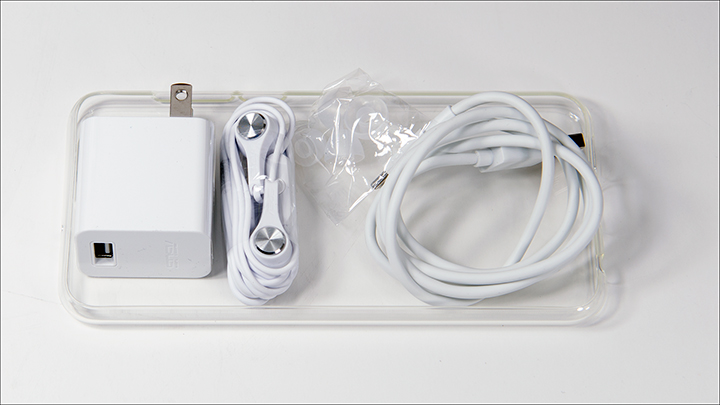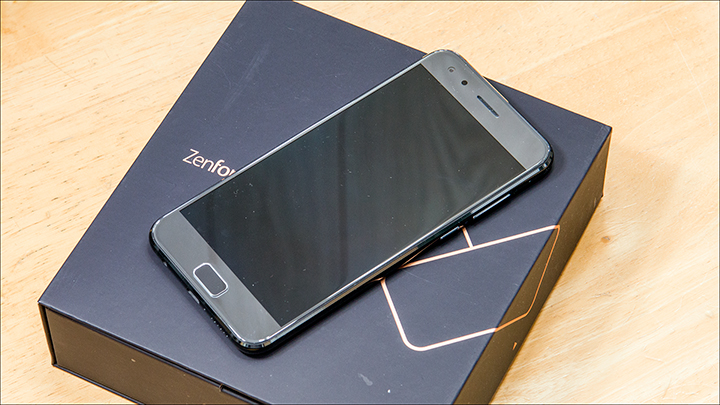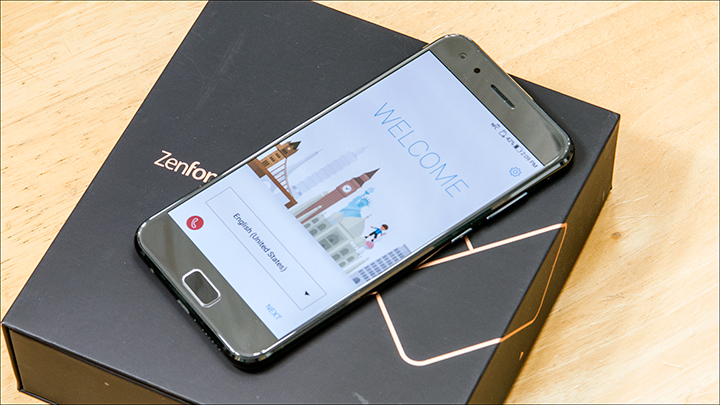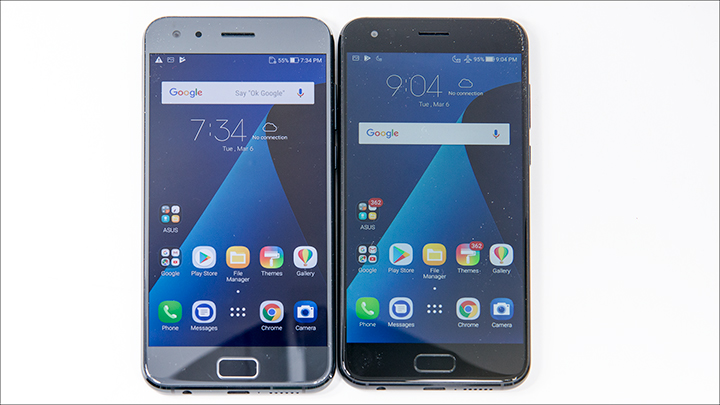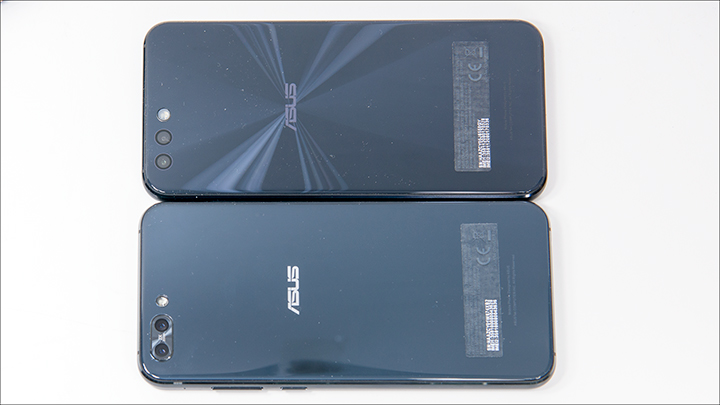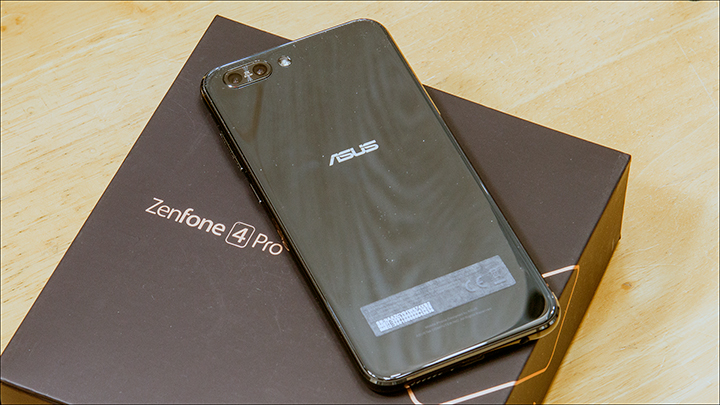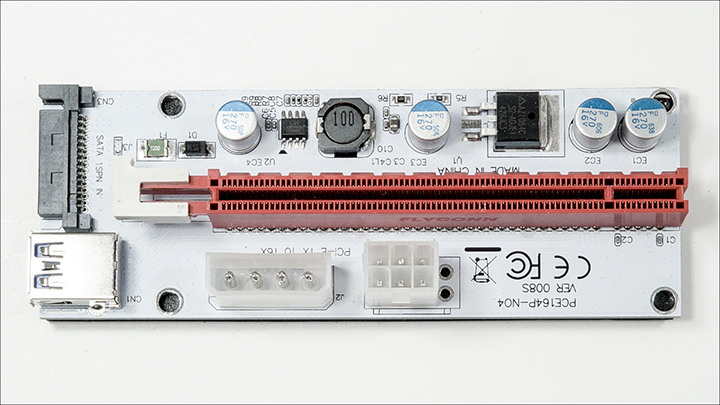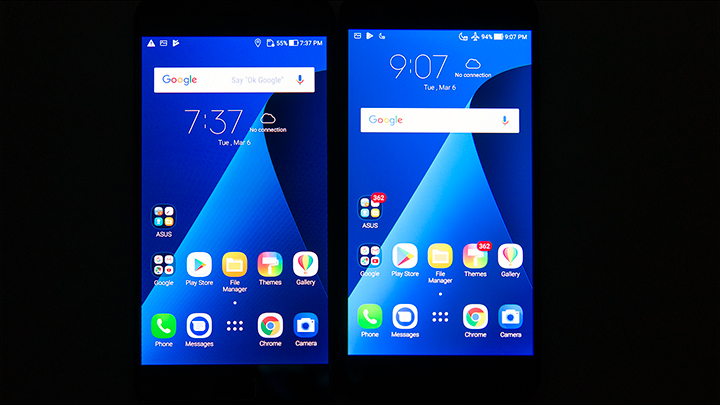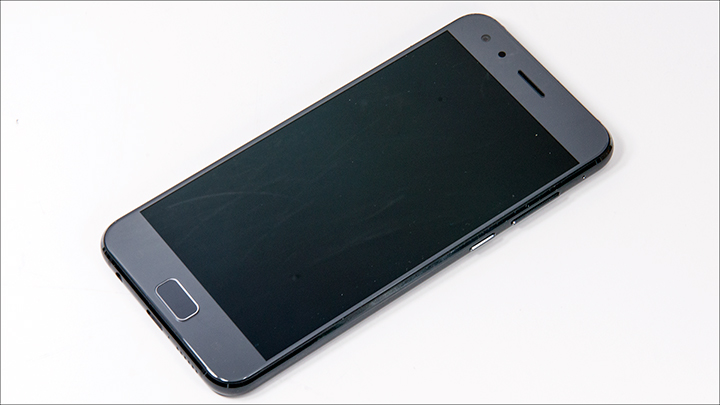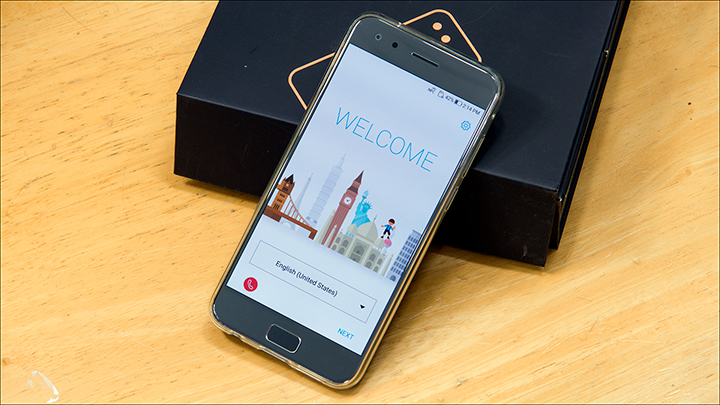The moment we took the shipping container out of the cardboard box it came in we knew that this was not going to be the typical phone. Put bluntly, the ZenFone 4 Pro’s shipping container just oozes sex appeal. Gone is the small cardboard sleeve that the ‘other’ ZenFones come in and in its stead is a massive square box that is down right gorgeous. This honestly is how you make a good first impression.
More important is this shipping container is not just a pretty face. The top of the box is a large flap that when opened up displays exactly what lengths ASUS has gone to make this shipping container something you actually will want to hold on to. On the right side is small attached box that rotates up and out to display the phone nestled in amongst a massive amount of protective cardboard. The left consists of a large box that houses the various accessories.
On first glance the accessories are not much different from the ZenFone 4 Standard edition. In grand total you will find a clear silicon sleeve for the phone, USB charger, USB Type-C cable, earbuds with extra silicon tips, and a bunch of pamphlets. However, when you take a closer look at the actual USB charger it is not the same as what ships with the rest of the ZenFone 4 lineup. Instead of a 2Amp, 10 watt charger this large charger is capable of 3A 15 watts. That 50% increase in power pays massive dividends and even though the ZenFone 4 Pro has a 3600 mAh battery it can go from flat to over 80% in under twenty minutes. Yes it is fast… just the way all USB 3 Type-C enabled phones should be.
Unfortunately, as the ZenFone 4 Pro only comes with a 3600mAh battery this fast charging time is necessary… as battery life is not its strong suit. In fact, battery life is the Achille’s heel of this phone. This is because even though the battery is slightly larger than the 3300mAh equipped ZenFone 4 std edition… its internals are power hungry. Hungry like a starving man at an all you can eat buffet. If you actually do not take advantage of the power saving ‘battery saver’ options that come standard in the ZenUI 4 user-interface it is not going to last a full day. Moderate battery saving mode will however let you use your phone all day while at work and pretending to actually… work. But when the dial is set to 10 on the performance it has to offer you will not want to be too far from either a free wall outlet or an external battery pack.
This should come as no surprise as the 835 processor with 540 graphics co-processor is a performance beast. Honestly, this phone is more powerful than some older laptops so if you want bleeding edge performance it is going to cost you battery life. This is par for the course with all uber priced phones so it is not limited to just the ZenFone 4 Pro.
Also a nice upgrade is the move from 4GB to 6GB of DDR4LP RAM. This combination of massive processing performance with massive amounts of RAM means that ZenUI is not slow. So much so that we doubt anyone would notice the difference between its responsiveness and what stock Android N OS can offer. Not once did we notice any lag and every app was instantly responsiveness. Now that is impressive.
Also impressive is the look and feel of this phone. Unlike the standard edition ZenFone 4 the ZenFone 4 Pro does not really need to be installed into its silicon sleeve to be useable. The combination of thin but not too thin dimensions with non-slippery Gorilla glass covered aluminum back really gives this phone a nice ‘hand feel’. When you pick up this phone it just feels right and not once did we find it slippery, too thin to be uncomfortable, fragile or any other negatives that we usually have with most phones.
Also impressive is the screen. It may technically seem similar to the ZenFone 4 standard’s IPS 5.5-inch screen but it is in an entirely different league. Colors are accurate enough that it really does not need to be adjusted, blacks appear to actually be black and the overall contrast is bloody impressive for a phone. Put simply this screen is as large a step up over the ZenFone 4 standard’s as the standard is over the MAX series. Equally important is ASUS has covered it in grade 5 Gorilla Glass – just like the back – which is much more scratch resistant than the lower grades. While we would still recommend a screen protector this phone does not need to be babied nearly as much as the lesser ZenFone 4 lineup.
As this is a premium phone, buyers can also expect to find a premium grade camera. Once again the paper specifications may not seem that much different from the lower models, but it is rather good. Some of this is because it uses a Sony imaging sensor but a lot is because you can shoot in RAW mode. What this means is the camera will not decide for you what is and is not important. So if you are in lower lighting conditions you can work a lot more magic on the picture when imported into Photoshop.
The downside is each picture will take up about 32MB of space… so 64GB may sound like a lot of storage but really is not if you plan on taking hundreds upon hundreds of pictures while on vacation. Thankfully ASUS does include a micro-SD slot so adding storage dedicated for pictures is not that difficult. Unfortunately, ASUS has once again gone with only a dual slot port which means if you want to use two SIMM cards… you will not be able to upgrade the storage available to you. This is puzzling as a premium phone should have all the features of the lower models and then some new ones added in on top. This however is the only misstep ASUS has made.
The speaker’s abilities of this phone are also vastly superior to the rest of the ZenFone 4 line-up. While their output will still not wow audiophiles with its abilities they are actually good enough to use for watching movies or even playing games and is rather good for speaker phone scenarios. This really is the first ASUS phone we have looked at that does not make much in the way of compromises on the audio quality.
The internal antenna array has also been upgraded. Much like the standard ZenFone 4 is able to achieve cell reception in more areas that the MAX line-up so too is the ZenFone 4 Pro better at cell reception than the ZenFone 4 standard. Basically, as long as you are not in an underground lair and begging GoldMember to not feed you to his sharks with frickin laser beams on their heads you will be able to make a call darn near anywhere conceivable. In this regards we find the ZenFone 4 Pro to be a nice upgrade from our Samsung and Apple phones which do not have as good overage.
Also improved, yes ASUS really did pull out all the stops, is the WiFi abilities of the ZenFone 4 Pro. In addition to 802.11AC and 802.11N abilities this phone really does have long range WiFi abilities. So if you are the type of person who likes to grab free WiFi while in a parking lot outside a certain chain of coffee shops as you can’t stand the clientele that frequent said hipster establishments… you will love its roaming abilities.
Overall with the exception of mediocre battery life and lack of even more SIMM card slots ASUS did an amazing job with this phone. High price or not we doubt anyone will be disappointed with what it can do. Color us impressed.
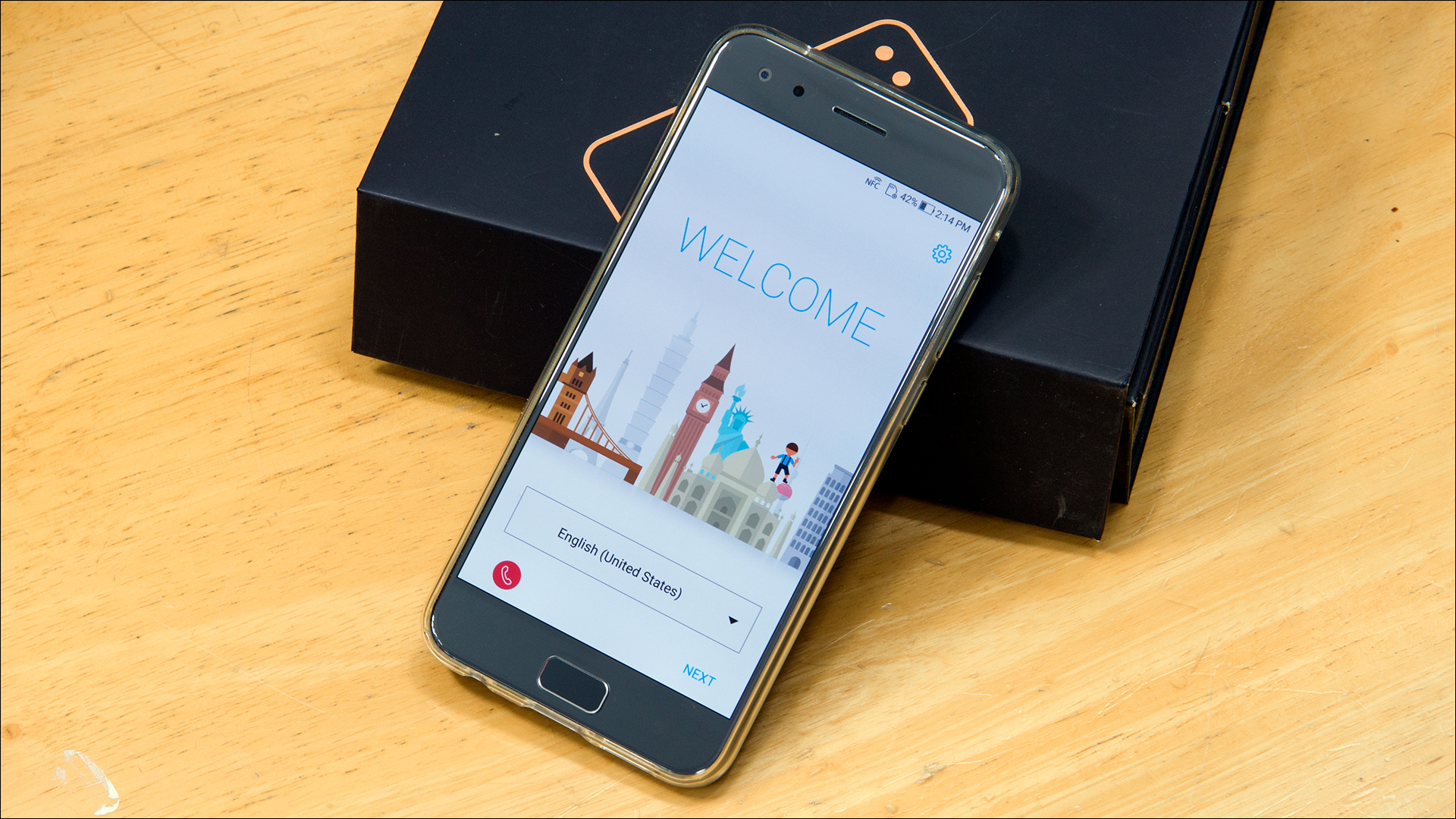
![Tektide Case Compatible for Zenfone 4 Max/Zenfone 4 Max pro/Zenfone 4 Max Plus ZC554KL, [Invisible Armor] Xtreme Slim, Clear, Soft, Lightweight, Shock Absorbing TPU Rubber Bumper Case/Back Cover](https://m.media-amazon.com/images/I/51hOQ244d0L._SL160_.jpg)


